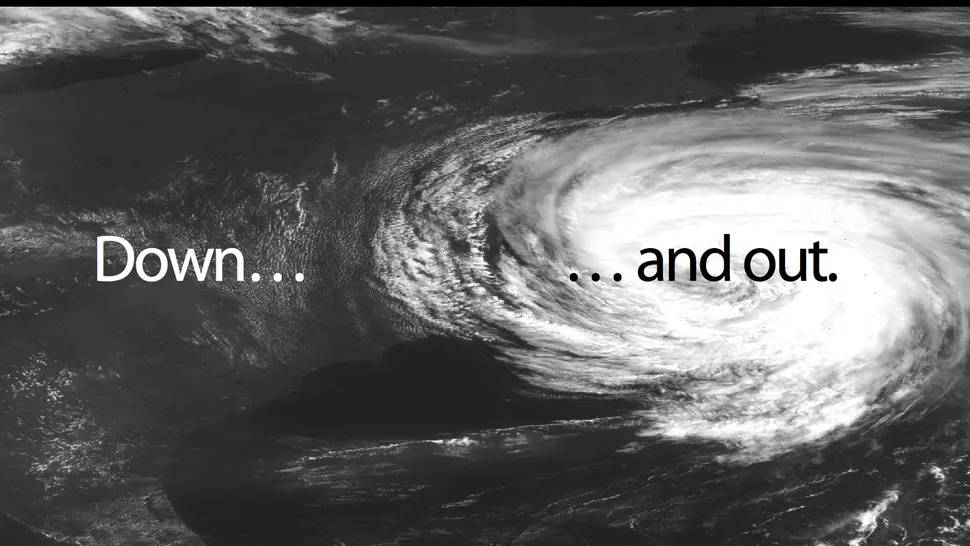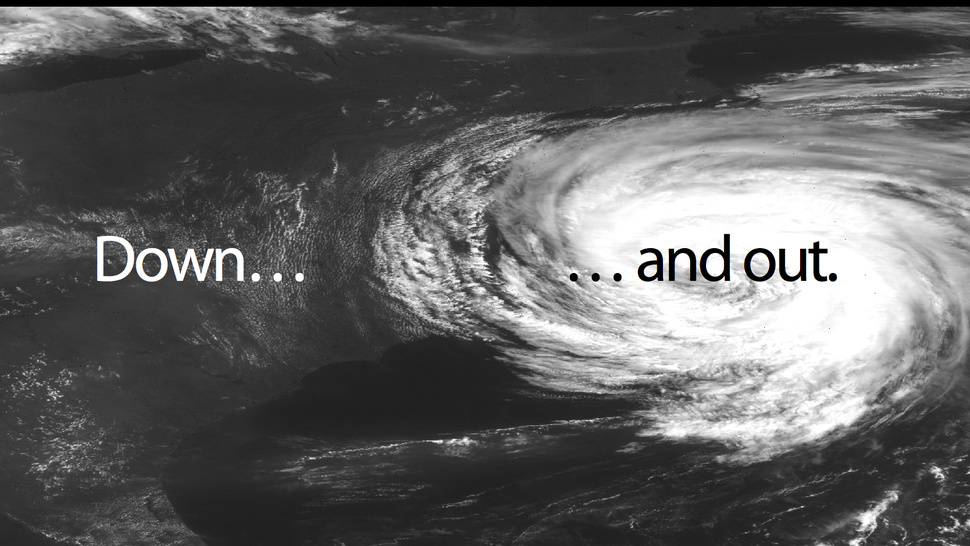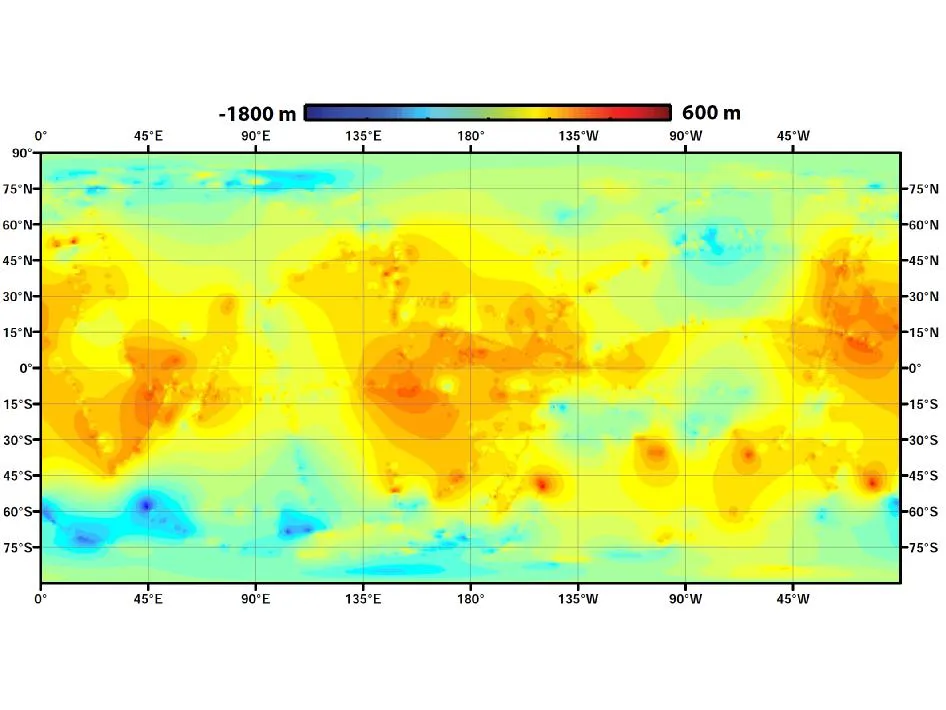
NOAA’s Satellite Woes: Mitigating Gaps in Weather Prediction
Weather throughout the world is increasingly getting bizarre and unpredictable. Fluctuating Temperatures and Tornadoes are the order of the day and the only relief and peace of mind one has in times like these – Weather Prediction Satellites.

Imagine not having the ability to predict extreme weather conditions, atleast few hours before!
Image from NOAA’s satellite under Creative Commons license
One of the most scientifically advanced weather prediction organizations in the world, NOAA claims “NOAA’s weather programs touch the lives of every American. Every day, decisions are made based on NOAA weather information – from the mundane “should I pack an umbrella today?” to the most critical and potentially life-saving.”
United States relies on geostationary and polar orbiting satellites to help provide a global weather perspective day and night, 24×7, 365 days a year. A system that is crucial to weather forecasters, climatologists and an army of amateur weather forecasters besides the government agencies.
Now, it looks like all this could be in a spot of bother. NOAA has acknowledged ” there is a substantial risk of a gap in polar satellite data in the afternoon orbit, between the time that the current polar satellite is expected to reach the end of its life and the time when the next satellite is expected to be in orbit and operational. This gap could span from 17 to 53 months or more, depending on how long the current satellite lasts and any delays in launching or operating the new one. There is also a risk of a gap in the early morning orbit if the Department of Defense’s next satellites do not work as intended. “
A potential gap of 17 to 53 months?? NOAA has to be really worried! I hope they are. A satellite data gap can result in less accurate and delayed weather forecasts and warnings.
At a time when weather around the world has been unpredictable to say the least, this does not make things more comfortable. However I must add that this information is intended as a worse case scenario if the current polar orbiting satellites do not work. Hopefully things wont go out of hand.
All said, US has already placed this issue in the High Risk Report for 2013
Did you like this post about NOAA’s satellite? Read more and subscribe to our monthly newsletter!







